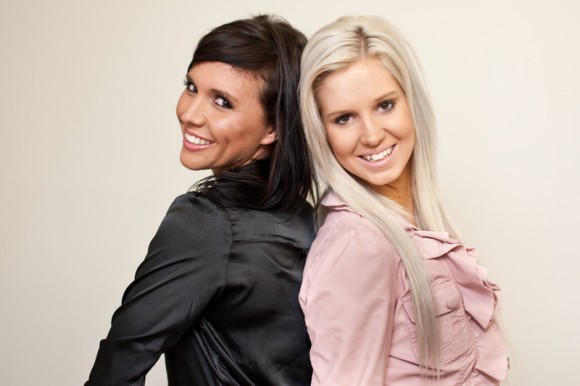Homework for the July beginners class is as follows:
Dig out the manual for your camera and look up the section on white balance and how to change it. Most cameras won’t allow you to change the white balance whilst in automatic mode so if you need to put your camera on to another setting that is quite okay. Nearly all models of camera have a setting very similar to automatic – on a Canon it’s called Program – which will allow you to change the white balance but still work out the exposure and aperture settings for you.
Make sure that if you take it off automatic that you are still shooting jpeg rather than RAW.
Once you have studied the manual and can change the white balance I want you to pick one subject and photograph it using every preset white balance setting available to you. By preset I mean daylight, cloudy, flourescent etc.. Do not concern yourselves with custom settings at this stage.
You will need to set your camera up on a tripod and shoot all your shots as quickly as possible.
Try to do this at a time when the light isn’t fluctuating. For this to work you need to have your subject lit the same way in each shot. Put all your knowledge of composition and lighting to good use and try to produce the best shots you can.
Once you have taken all your shots with each white balance setting go through them and select the one you like best and the one you like least. Resize them so that they are no wider than 1024 pixels and no higher than 768 pixels. Name the files correctly, and for the title put the name of the white balance setting used and wether it’s the best or worst.
For example my best shot could be: WCCA-0907-14A-Tungsten best
Send the two files to: homework@waverleycameraclub.org by 7pm on Monday the 27th of July.
Now here comes the bit where I make it harder, after all it’s more fun when I’m nasty.
THE SUBJECT YOU CHOOSE TO PHOTOGRAPH MUST BE PREDOMINANTLY WHITE.
Enjoy!







